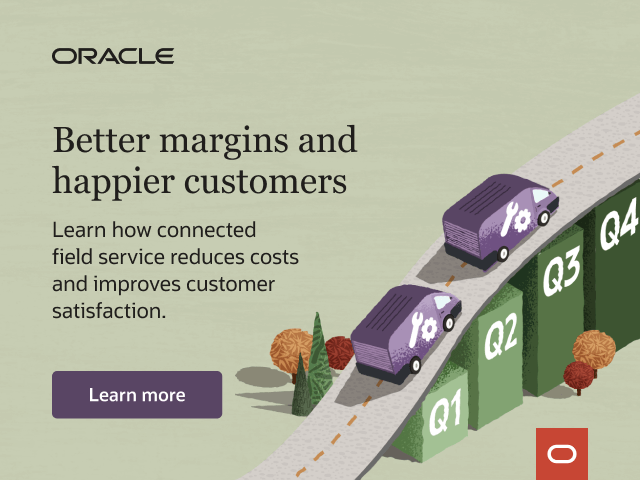Logistics
Management
Our Logistics solutions optimize networks by providing fully integrated services that include warehousing, transportation management, dedicated transportation, e-commerce fulfillment, & last mile delivery.
E-commerce merchants are literally at the mercy of the digital checkout systems tied to their web stores. For retailers, what happens on the other side of the “pay” button is critical to avoiding denied approvals.
Online sellers cannot survive without a strong checkout page. Meanwhile, the payment system that runs much of the online transactions is 40 years old. Some investors have taken notice. A new behind-the-scenes payment system is slowly taking over.
For instance, Fast, a startup that provides online checkout and identity products, announced recently that it closed a $102 million Series B funding event led by Stripe, a previous investor in the company. Stripe, an online payments giant, also led Fast’s Series A last year, a deal worth $20 million. Fast says it has raised $124 million to date.
Credorax, a payment provider for cross-border processing of e-commerce and omnichannel payments, peeled back the curtain for the E-Commerce Times to reveal the ins and outs of what happens behind the pay button.
The process can be a dizzying integration of numerous moving parts. Authentication, currency conversions, and approval rates all must work together to ensure a quick and complete transaction so merchants can bring their business to the next level.
How fast money moves in a transitioning digital economy is a sign of efficiency and health. So what does it mean when $18 trillion in U.S. business-to-business payments takes days to clear and land in bank accounts?
For merchants, it means lost efficiency and lost time to put cash to work. For consumers, such delays mean they do not have access to funds that many of them need right now. For both parties, it also means failed transactions.
“Unsurprisingly, payment acceptance and authorization are among the most significant hurdles that any merchant must overcome,” Igal Rotem, CEO of Credorax, told the E-Commerce Times.

This process is changing slowly. However, big movements this year could start to happen as the first new payment system to be unleashed in the U.S. in 40 years picks up momentum.
Developed by The Clearing House, RTP (Real-Time Payments) is backed by major U.S. banks and has been adopted by nearly 40 percent of large enterprises in the U.S., according to Dimitri Dadiomov, co-CEO and founder of payments operations platform Modern Treasury.
RTP represents the new frontier for payments and will likely become the new standard. Already, more than one-third (36 percent) of large enterprises in the U.S. use Real-Time Payments, which was launched in 2017 in the United States. However, beyond U.S. borders, RTP is in much bigger use.
Modern Treasury supports RTP and enables companies to more easily work with banks. The process results in automating and speeding up payments. Modern Treasury recently secured $38 million in venture funding and is growing more than 24 percent a month, according to Dadiomov.
RTP’s prominence is likely to expand, he predicted. Levvel Research’s “2021 Real-Time Payments Market Report,” showed that 66 percent of companies in the U.S. indicate they are likely to adopt RTP in the next two years. The technology has already gained momentum in other countries.
Modern Treasury supports RTP for corporate customers looking to speed up Automated Clearing House (ACH) or wire payouts. ACH is a banking network that coordinates electronic payments. ACH, wire payments, and checks account for 76 percent of all money flow in the U.S., said Dadiomov.
“Those are technologies that have not had major updates for decades. Payments are slow, cumbersome to process, and do not enable real-time views into cash. RTP is a big step to speeding up and modernizing payments, accounting, and money movement,” he explained.
